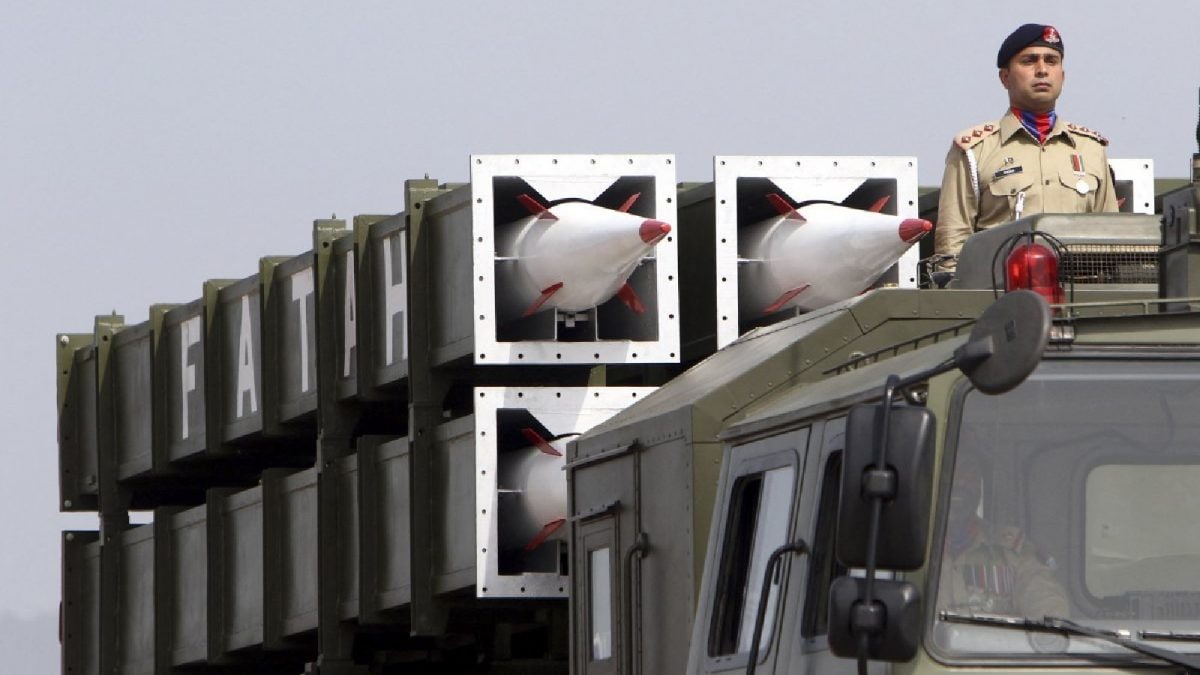Missiles struck Natanz, Isfahan, and Fordow, not reactors, but uranium enrichment sites deep inside Iran. As radioactive facilities burn under Operation Rising Lion, experts fear we're inching toward disaster, without even a bomb going off.

Can this war spark the next Chernobyl or Fukushima disaster? (Image Credit-Reuters)
Missiles don't always just kill soldiers. Sometimes, they awaken buried horrors.
The last few days have witnessed Israel unleashing a targeted assault on Iran's nuclear infrastructure, striking Natanz, Isfahan, and the underground fortress at Fordow. These weren't power plants or reactors under fire, but enrichment sites where uranium is processed and concentrated.
As these facilities smolder under missile strikes, a chilling question reverberates: Could the next Middle East flashpoint become another Chernobyl—or worse?
What Remains Untouched
Iran's nuclear power reactor at Bushehr and its research reactor in Tehran remain unscathed. This distinction matters critically. Nuclear reactors are deceptively fragile structures. A direct hit can breach containment buildings, disable cooling systems, and if fuel pools are destroyed, trigger catastrophic core meltdowns.
The spectre of Fukushima looms large: radiation leaks spreading across vast territories, contaminating land and water for generations. Fortunately, those nightmare scenarios haven't materialised yet.
The Real Targets
Fordow, Natanz, and Isfahan are enrichment facilities, not weapons arsenals. These sites house centrifuges spinning uranium isotopes—U-235 and U-238—under careful supervision. The process involves enrichment, not detonation. That crucial line still holds.
However, even without reactor meltdowns, the situation remains perilous. The Atomic Energy Agency (IAEA) has confirmed centrifuge damage at these facilities, with chemical and radiological contamination occurring within the plants. While external radiation levels remain stable for now, containment failures could unleash localised radiation leaks with devastating consequences.
The health impacts aren't abstract: vomiting, severe skin burns, cancer, and long-term environmental contamination. These grim possibilities hang in the balance whenever enrichment bunkers become battlefields.
Historical Precedent
This isn't Israel's first nuclear strike against regional neighbours. Iraq in 1981, Syria in 2007—both pre-emptive and surgical, executed before nuclear programs could advance. But Iran's facilities present greater challenges: older, deeper, and more dispersed infrastructure. Fordow, built beneath a mountain, exemplifies this defensive strategy.
The immediate catalyst was a damning IAEA resolution revealing Iran's concealment of nuclear activities at three sites—the first such serious breach warning in two decades.
The Fallout Ahead
While the ingredients for disaster exist, the recipe remains incomplete. Iran hasn't developed nuclear weapons, and conventional strikes cannot trigger nuclear explosions. Chernobyl's radioactive ghosts aren't rising yet.
But these attacks have shattered the illusion that nuclear facilities are immune to warfare. If strikes continue, containment systems may fail. Even without mushroom clouds, the fallout—radiological, geopolitical, and humanitarian may have already begun.
Published By:
indiatodayglobal
Published On:
Jun 20, 2025
Tune In

 1 month ago
1 month ago










